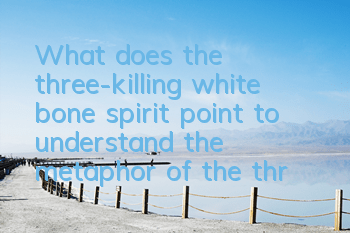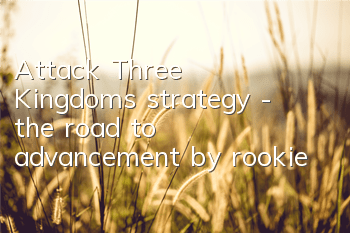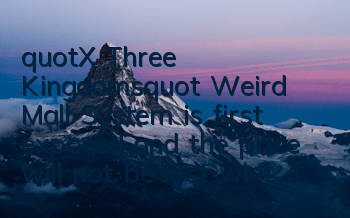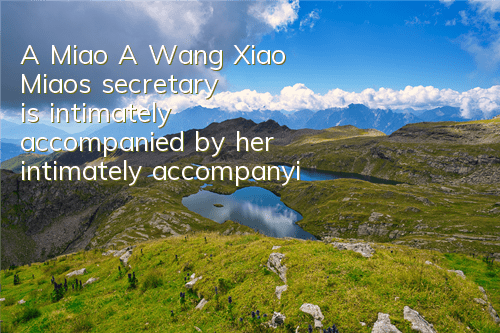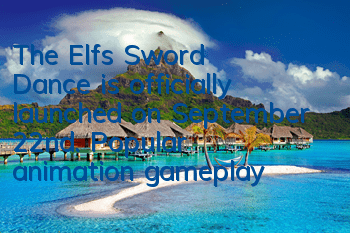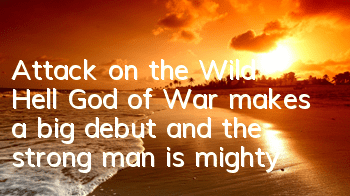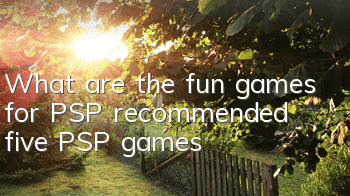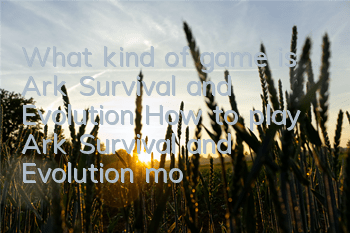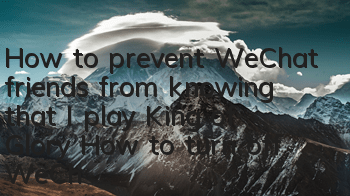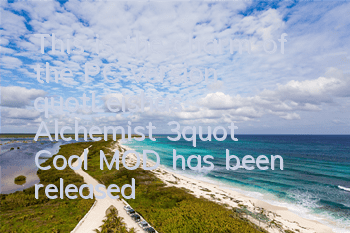What does three blows of the white bone spirit imply? Why did Sun Wukong change 72? The hidden secret text of practice in Journey to the West
"Journey to the West" is not only a mythical novel, but also a cultivation secret to how to achieve enlightenment in the form of a story. Using metaphorical techniques to show the human life science, it writes about the inner spiritual world and physiological world. The metaphors of mountains, water, caves, and country in "Journey to the West" refer to the tangible organs of the human body, including the names and abilities of the character and the magic instruments in hand to metaphor the shapes of the human body and the different realms of cultivation. The pursuit of scriptures is a metaphor, and the whole book talks about the process of human body cultivation.
For example, the Three Bone Demons talks about the Taoist "killing the Three Corpse". Wukong beats the White Bone Demon for the first time, and Tang Seng recites the Tight Hook Spell. The second time I beat the White Bone Spirit, I recited the Tight Hook Spell twenty times. I have beaten three times and recited the tight hoop curse three times. What does this mean? Wukong saw the essence of things, while Tang Monk only saw the appearance of things, and was confused and made a wrong judgment. Not only did he not approve of Wukong, he was punished and finally expelled from the master. It was not counted when he was expelled from the sect, but he also wrote a book of severance.
This decisive decisive writing: Monkey head! I will take this as a ray of light and don’t want you to be a disciple anymore. If I meet you again, I will fall into the Avici Hell! Wukong quickly took the demotion of the book and said: Master, don’t swear, Lao Sun will go.
Look at the words that were cut off, and even made a heavy oath. In Tang Monk's opinion, this monkey head is hateful. It is so vicious. Not only does it beat the beauty, but it also kills the old woman and the old man. It is not spared by men, women, young and old. It is not clear that it is a crime that cannot be forgiven and cannot be forgiven. Therefore, it is necessary to cut off the relationship with it, and even vow not to see you again in your life! Goodbye and go to hell!
Look at the wronged Wukong still had etiquette before leaving, and did not forget to bow to his master. But Tang Seng refused to accept it, "I will not accept the mercy of you!" Wukong pulled out three hairs, blew his fairy air, and transformed into three selfs, surrounding his master on all sides to bow down. Its emotions are touching!
At this stage, Tang Monk is an accent of an ordinary person who has never attained enlightenment, so he has to kill the three corpses and destroy greed, anger and ignorance, so he has to beat him three times. Wukong is the heart in the process of tempering. The White Bone Spirit is the demon in the heart. The first time she became a beautiful girl, representing everything we think is beautiful. People always love to pursue these seemingly beautiful but nothingness. These things touch people's desires and arousals. The White Bone Spirit changed a second time an old lady to find her daughter. The old lady represents the worries that people cannot let go of. The White Bone Spirit turned into an old man looking for his wife and daughter for the third time. This represents the persistent pursuit in a person's heart. The greed breeding from obsession. Only by defeating greed, anger and ignorance and letting go of all worries, all the inner demons that interfere with people will disappear. Finally, it is found that these persistent pursuits are just a bunch of white bones.
A "mind" plus "face" means thinking. Thinking means "the mind is attached to the appearance". It is ignorance that cannot distinguish between truth and falsehood.
Wukong not only wants to "kill the three corpses"”, and you also have to kill the "six thieves". In the 14th chapter of Journey to the West, "The Heart of the Apes Returns to the Right, the Six Thieves Without Traces". The names of these six thieves are: seeing joy, hearing anger, tasting thoughts on the tongue, smelling love in the nose, worry in the body, and desire for opinions. It represents the Buddhist six senses of eyes, ears, nose, tongue, body, and mind. For practitioners, they must first remove these six dusts to obtain the Tao. This kills the six thieves of Tang Monk and the three corpse demons.
So the core of the whole story of "Journey to the West" is about the process of practicing mind and body. All the experiences of obtaining scriptures revolve around how people break through themselves and through practice, so as to achieve the goal of combining human energy with the universe, getting rid of suffering and happiness, truly getting rid of human suffering.
Sun Wukong traveled thousands of miles and ten years, and paid homage to the Bodhi Patriarch from the Xinshan Cave. Wukong recited two poems by Wang Chongyang: Don’t ask about Longer and Hu’er, one thing in his heart is a wise teacher. A single thought of enlightenment is Bodhi. It turns out that his teacher is this mind and there is no need to seek outside. Every time Sun Wukong could not defeat the enemy, he would go to invite Guanyin Bodhisattva. In fact, Guanyin Bodhisattva was the wonderful wisdom in people's hearts, and this wisdom was not outside. Therefore, Sun Wukong listened to the ratings and closed his eyes and looked inward, and then there would be wonderful wisdom arising from the wisdom, and evil demons and heretics retreated. The last issue mentioned the residence of Bodhi Patriarch, which is implied by the heart mountain and heart cave.
Looking at Guanyin's residence again, it is the same, called "Thaoyin Cave of Purple Bamboo Forest, Putuo Luojia Mountain". Purple represents the color of the heart, and the bamboo is hollow as the heart; the sound of the tide is like the sound of the beating of the heart. Therefore, Guanyin’s residence is also in his heart. If he encounters a problem that even Guanyin Bodhisattva cannot solve, he must rely on the Tathagata of the “Lingshan Daleiyin Temple”. Therefore, "Lingshan" is also the heart. In Chapter 85 of "Journey to the West", Sun Wukong quoted a poem from "The Principle of Life": The Buddha is in Lingshan, but don't seek far away, Lingshan is only in your heart. Everyone has a Lingshan Tower, so it is easy to build it under the Lingshan Tower.
What sutra did Tang Monk obtain from the West to obtain the scriptures? The Heart Sutra, the Heart Sutra appears 15 times in Journey to the West, and there are five names: the Heart Sutra, the Heart Sutra, the Heart Sutra of Mahaprajna Paramita, the Heart Sutra of Mito, and the Heart Sutra of Prajna, and the Heart Sutra of Prajna. It was not until the 93rd chapter of Sun Wukong "understands the Heart Sutra of speechless words".
As long as Tang Monk recites the "Double Heart Sutra", he will definitely suffer because he is "Double Heart". Therefore, the focus of Journey to the West is on how to cultivate the mind, which is to cultivate "multiple mind" into "one mind", cultivate "one mind" into "wisdom mind", and finally achieve no mind. Sun Wukong will have seventy-two changes, with seventy-two lives, that is, seventy-two hearts. Isn’t this just “too much care”?
Look at the 79th chapter, the demon deer said she wanted to eat Tang Monk's black heart, and Sun Wukong turned into Tang Monk: she cut her belly open, and all the bones were gone out of her heart. I saw those hearts, bloody, red hearts, white hearts, yellow hearts, greed, profit and fame, jealousy, calculating, competitive, high-spirited, insulted, murderous, vicious, terrified, cautious, evil, false hearts, nameless hearts, hidden and dark hearts, all kinds of bad hearts, but none of themA black heart. The father-in-law met in the hall and said, "This is a heartless monk!" So the whole journey of obtaining the scriptures was to temper Wukong's "heart". When Sun Wukong arrived at Lingshan, he truly realized "emptiness", and the "heart" would disappear. When you go to the West to see the Tathagata Buddha, the "sutra" you seek in the West is the true nature of human beings. Therefore, there are no difficulties on the way to obtain the scriptures. Only by going through hardships can you sharpen your kindness.
The whole "Journey to the West" explains the three most important things: the heart is tied to the ape, the mind is tied to the reins, and the golden cicada escapes from the orifices.
"The heart-knotted man tied" refers to the "tight hoop" on Sun Wukong's head is used to tie people's hearts; "the mind-knotted horse reins" refers to the white dragon horse riding under his crotch, never leaving his steps, while "the golden cicada escapes from his orifice" refers to the transformation of Tang Monk. Tang Monk is the reincarnation of Jin Chanzi. Chapter 98 talks about "The horse is familiar with ape and horses to get rid of the shell, and the true nature is seen after success." Tang Monk worshipped the Buddha all the way and sought the true scriptures. He worshiped the Buddha all the way, but the Buddhas along the way were all transformed by demons. When he arrived in the West, he only looked at the sacred scene in front of him, but forgot to worship the Buddha. Wukong said: Master, you have to bow down in that false realm and false Buddha statue. Today, you have reached this true realm and true Buddha statue, but you still haven’t gotten off your horse. What do you say? "When Tang Seng heard this, he hurriedly turned off his horse. It was obvious that the true Buddha was not asking for it, and he let go of his mind and then he reached the Buddha realm, and the true nature was revealed.
It can be seen that every character, place name, and event in the novel has its intention and source. It seems that "Journey to the West" is really empty and the words are not empty. As for the secret texts of the alchemy scriptures implicitly practicing the human body in "Journey to the West", we will break them down one by one next time.
